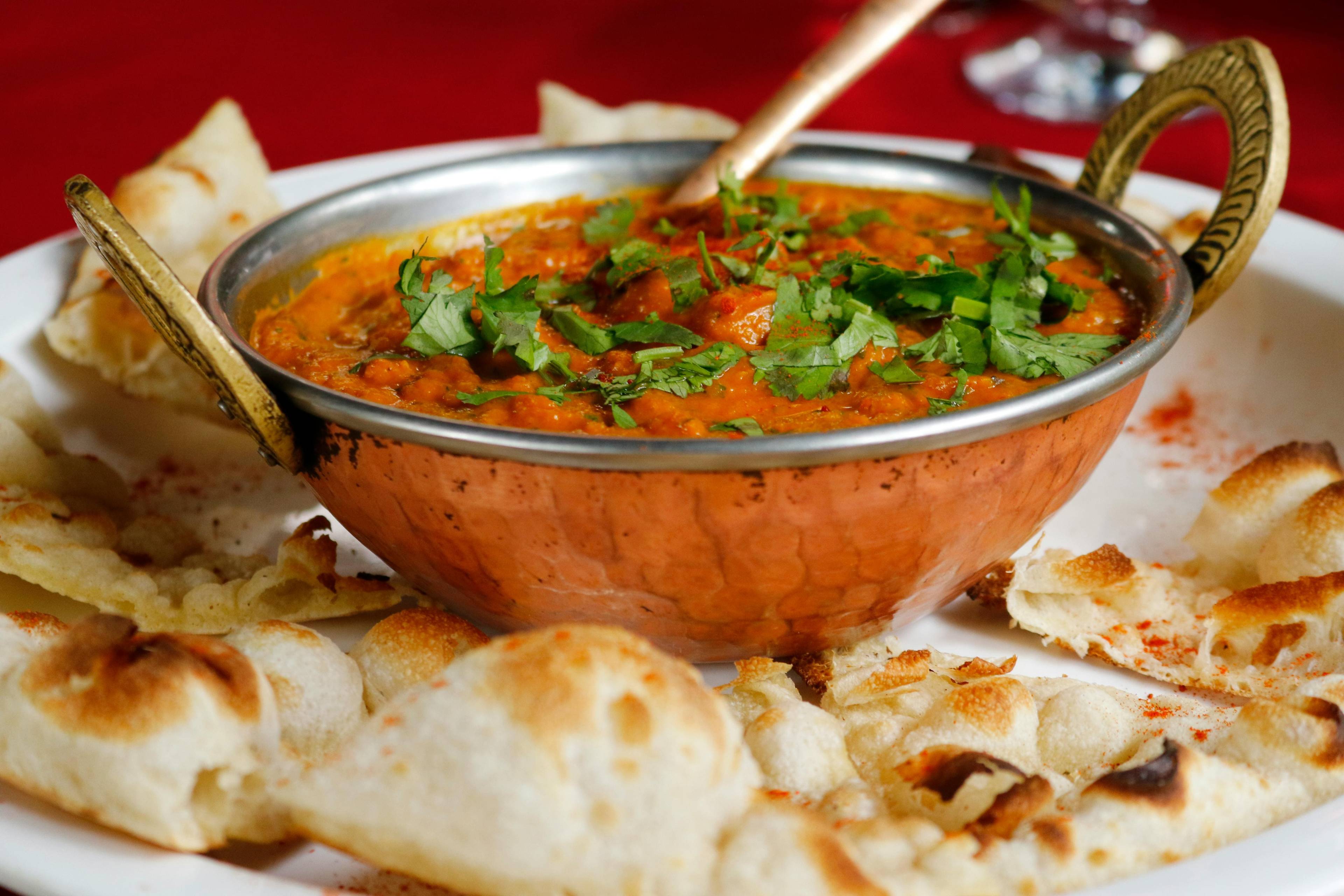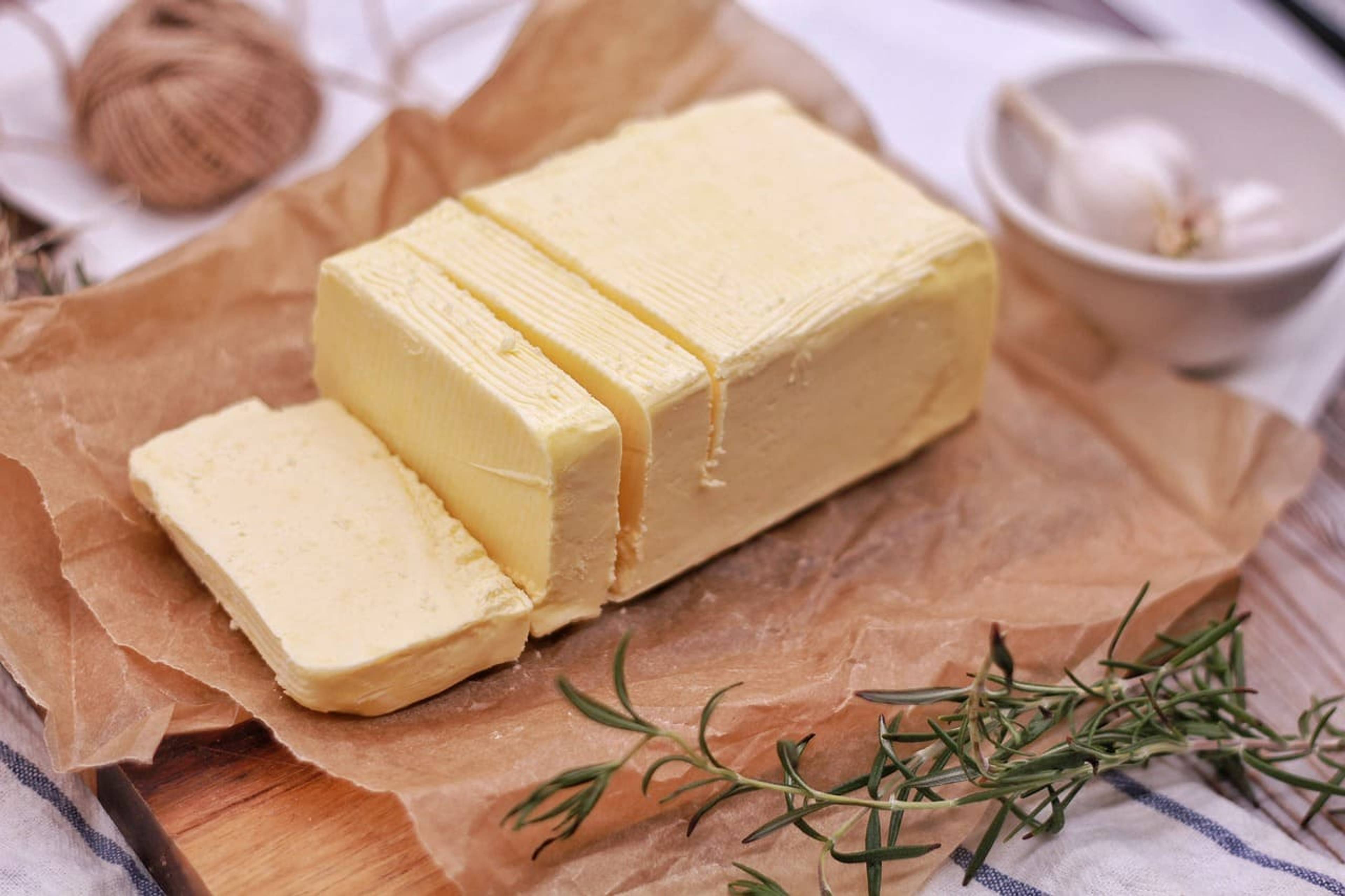What Is Ghee & How Does It Compare to Butter?
Ever wondered what that golden glass jar labeled ‘ghee’ at the grocery store was all about? You’re not alone. While ghee and butter might sit side by side on the shelf, they bring some distinct vibes to the kitchen.
We’re diving into what sets these two apart. From whipping up creamy sauces to mastering the perfect sauté, knowing your fats can elevate your cooking game. Stick with us as we explore the tasty world of ghee and butter, and find out which one might just become your new favorite kitchen staple.

How Is Ghee Made?

What’s the Difference in Nutrition Between Ghee and Butter?
How Do Ghee and Butter Taste?
Butter, on the other hand, has a familiar, creamy taste that’s great for everyday cooking. With a softer, less intense flavor, it’s ideal for Western dishes like French sauces, baked goods, and comforting American classics. The slight sweetness of butter enhances flavors without overpowering them, making it a go-to for everything from pastries to pasta sauces.
Both have their strong points: ghee’s high smoke point makes it ideal for sautéing, frying, and high-heat cooking, while butter’s mild flavor is perfect for lower-heat cooking and baking. So, whether you’re after a nutty, robust taste or a subtle, creamy texture, both butter and ghee bring something unique to the table—literally.
How Can You Use Ghee in Your Cooking?
Ghee’s high smoke point means you can turn up the heat without burning your food. It’s perfect for frying eggs, searing meats, or stir-frying veggies.
Add Flavor
Ghee brings a rich, nutty flavor that’s great for finishing soups, tossing with steamed veggies, or drizzling over popcorn. Just a spoonful goes a long way.
Use in Baking
Swap ghee for butter in your baking recipes—it adds a deeper flavor and works well in cookies, muffins, and even pie crusts.
Friendly for Sensitive Stomachs
Since ghee doesn’t have lactose, it’s an easy butter swap for anyone with dairy issues. Add it wherever you’d normally use butter.
Stir Into Coffee or Tea
Blend a spoonful of ghee into your coffee or tea for a creamy texture. This is a popular choice for keto fans or anyone looking for an extra energy boost.

How Does Ghee Compare to Grass-Fed Butter?
